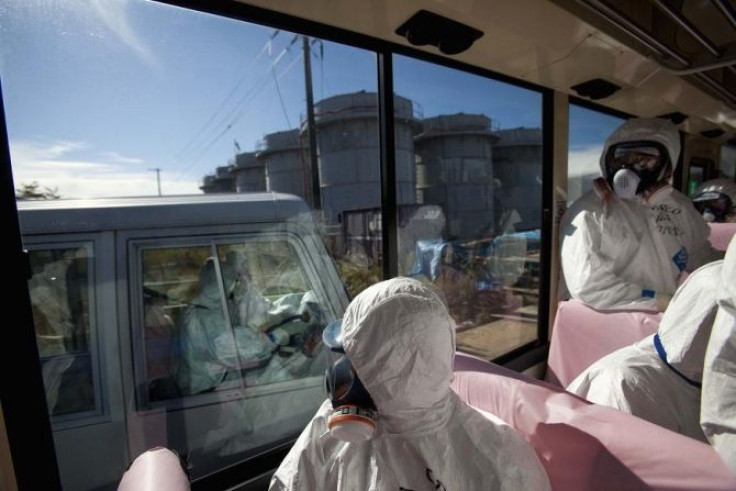Study Connects U.S. Deaths to Fukushima, Contradicts EPA Reports

A new study set for publication tomorrow in the International Journal of Health Services found there may be a connection between an estimated excess of 14,000 deaths in the U.S. and the radioactive fallout from explosions at Fukushima nuclear reactors in Japan, an argument in direct conflict with reports from the Environmental Protection Agency.
In the 14 weeks after Fukushima fallout arrived in the U.S., deaths reported to the Centers for Disease Control and Prevention rose 4.46 percent from the same period in 2010, or roughly 14,000 deaths. The rise in reported deaths after Fukushima was largest among U.S. infants under age one. The 2010-2011 increase for infant deaths in the spring was 1.8 percent, compared to a decrease of 8.37 percent in the preceding 14 weeks.
"This study of Fukushima health hazards is the first to be published in a scientific journal. It raises concerns, and strongly suggests that health studies continue, to understand the true impact of Fukushima in Japan and around the world,” said co-author Joseph Mangano, MPH, MBA, and Executive Director of Radiation and Public Health Project. “Findings are important to the current debate of whether to build new reactors, and how long to keep aging ones in operation.”
Six days after the meltdowns in Japan, scientists detected a plume of toxic fallout in the U.S. According to the EPA, all of the radiation levels detected were “very low, well below any level of public health concern.”
EPA's nationwide radiation monitoring system, RadNet, detects radiation through air monitoring and sample analysis.
“We saw decreasing radiation levels during April and May. Since May, sample analyses have predominantly shown no detections of radionuclides associated with the Japanese nuclear incident,” stated the EPA.
However, findings presented by Mangano and co-author Janette Sherman, MD, internist and toxicologist, paint a different picture.
“Our own government has failed miserably in an opportunity to collect meaningful data,” said Dr. Sherman. “We need to collect data, and I hope the EPA will get busy and start collecting it. This is important, and we need to follow up on these findings.”
“Any statement about levels of radiation exposure too low to cause harm is in conflict with agreements between expert scientists. Even at low doses, there is risk to humans,” added Mangano.
While Mangano admits there may be a variety of factors that could be linked to the excess of 14,000 deaths, he’s calling for further study, stating that “this does raise a red flag - it does raise concern about what may have happened in the U.S. after Fukushima.”



























